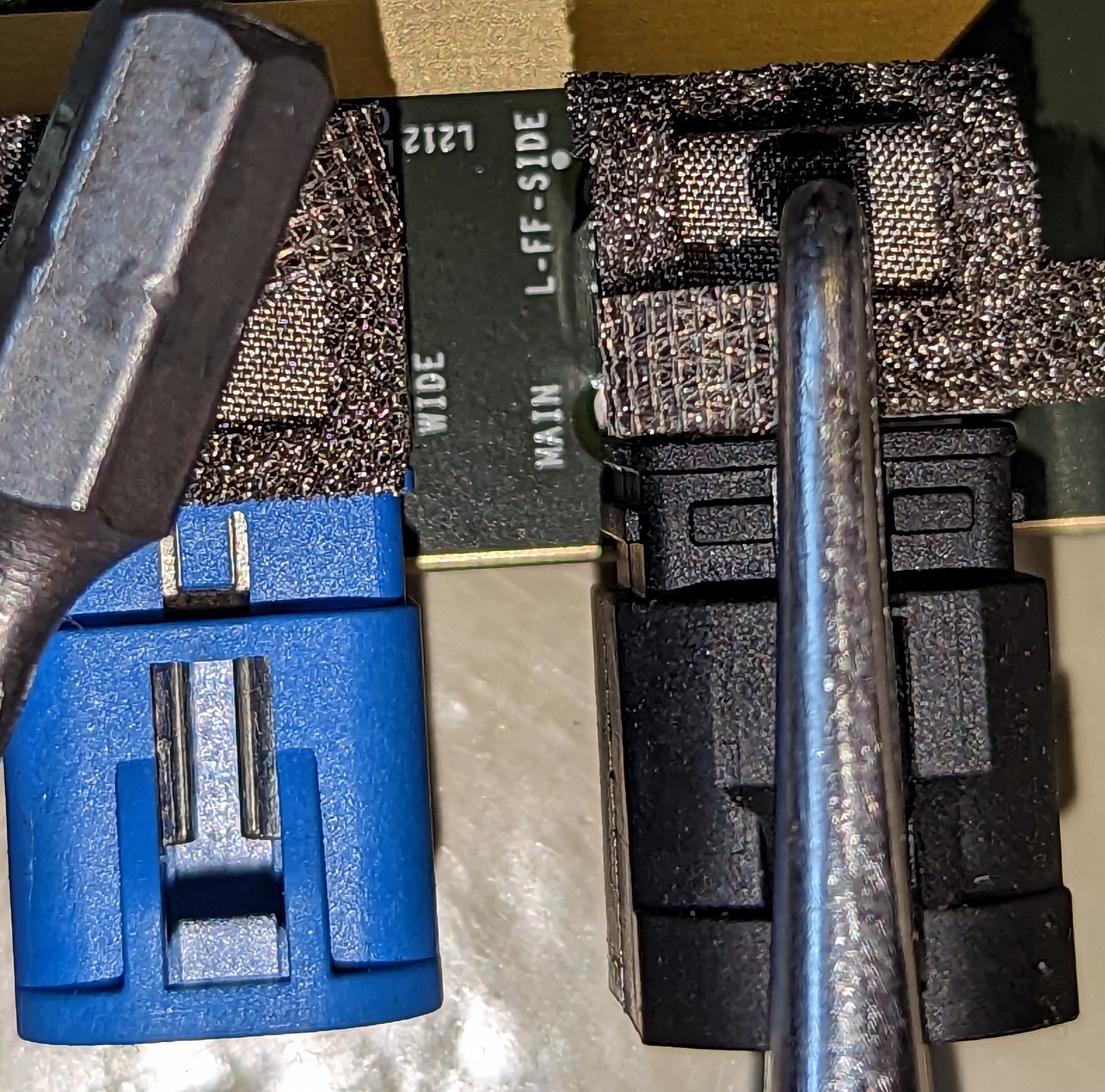
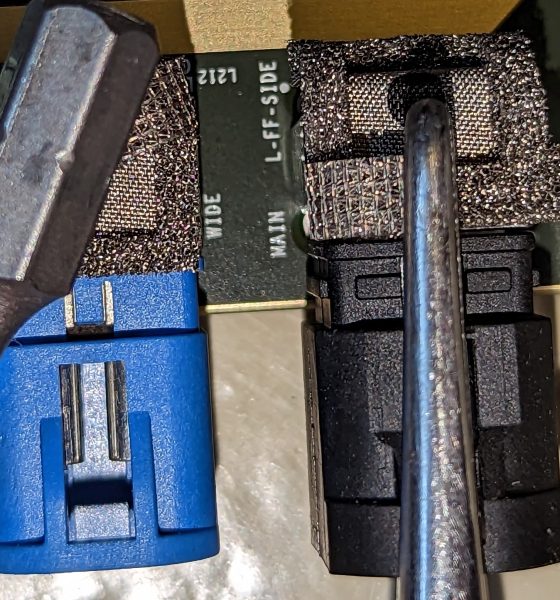
News
Tesla Hardware 4 camera ports hint at 360-degree view with no blind spots
The recent leaks of Tesla’s Hardware 4 computer provided a pretty clear teaser of the upcoming changes coming to the electric vehicle maker’s Autopilot unit. While there is still much to be learned about HW4, the leaks suggest that the number of cameras in Tesla’s electric vehicles may be increased to 11.
Hardware 4, as its name suggests, is Tesla’s next-generation Autopilot computer. Elon Musk noted during the Q4 and FY 2022 earnings call that HW4 should be capable of operating 500% to 600% safer than a human driver. The existing Hardware 3 computer being rolled out to vehicles like the Model 3 and Model Y today are equipped with Hardware 3, which Musk noted should be capable of operating 200% to 300% safer than a human driver.
Hardware 4 and Tesla Vision
Considering the electric vehicle maker’s focus on Tesla Vision, it is pertinent for FSD and Autopilot to see and analyze road conditions very well in real-time. With this in mind, and as per the Hardware 4 leaks that were recently posted on Twitter by prolific Tesla hacker @greentheonly, it would appear that the electric vehicle maker is increasing the number of its cameras to 11.
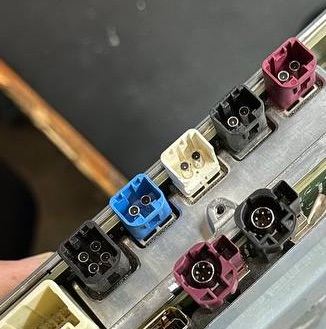
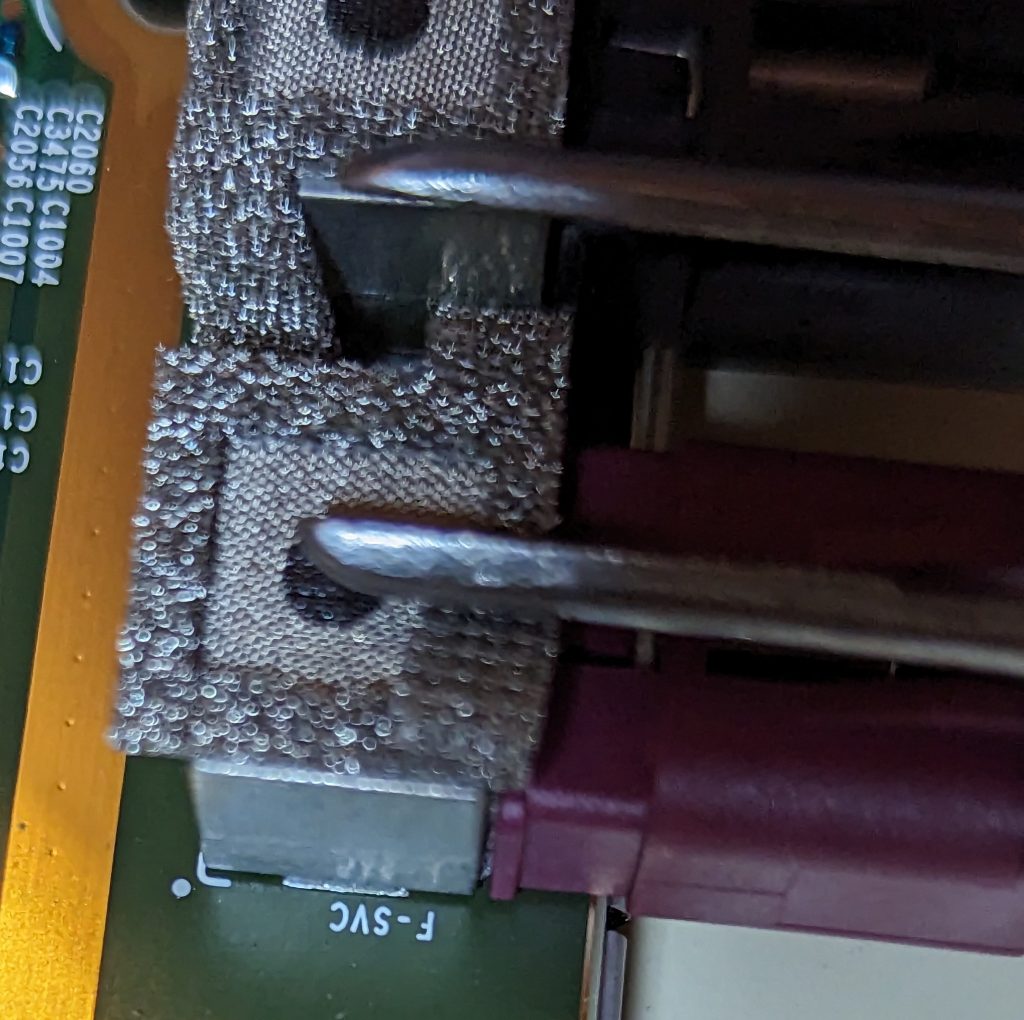
A look at the Hardware 4 computer would show 12 fully-populated camera connectors, with one being marked as “Spare.” Of the remaining 11, one will still be used for the cabin camera while ten will be used for the vehicle’s exterior. This is not surprising at all as the company adopts a similar system with its existing eight-camera layout for its vehicles today.
Hardware 3 vs. Hardware 4 Cameras
For context, Tesla’s existing layout features an eight-camera setup: one above the rear license plate, one in each door pillar, three mounted on the windshield above the rearview mirror, and one mounted to each front fender. A radar unit and ultrasonic sensors were also used in the past, though Tesla phased these out as the company focused on its development of Tesla Vision.
The leaked Hardware 4 images list the cameras as the following: “F-SVC,” “L-SVC,” “R-SVC,” “L-FF-Rear,” “R-FF-Rear,” “L-FF-Side,” “R-FF-Side,” “Wide,” “Main,” “Backup,” and “Selfie.” As per the Tesla hacker, the names are a bit cryptic, but based on how they are listed, one could speculate where the cameras will be placed in a Tesla equipped with a Hardware 4 computer.
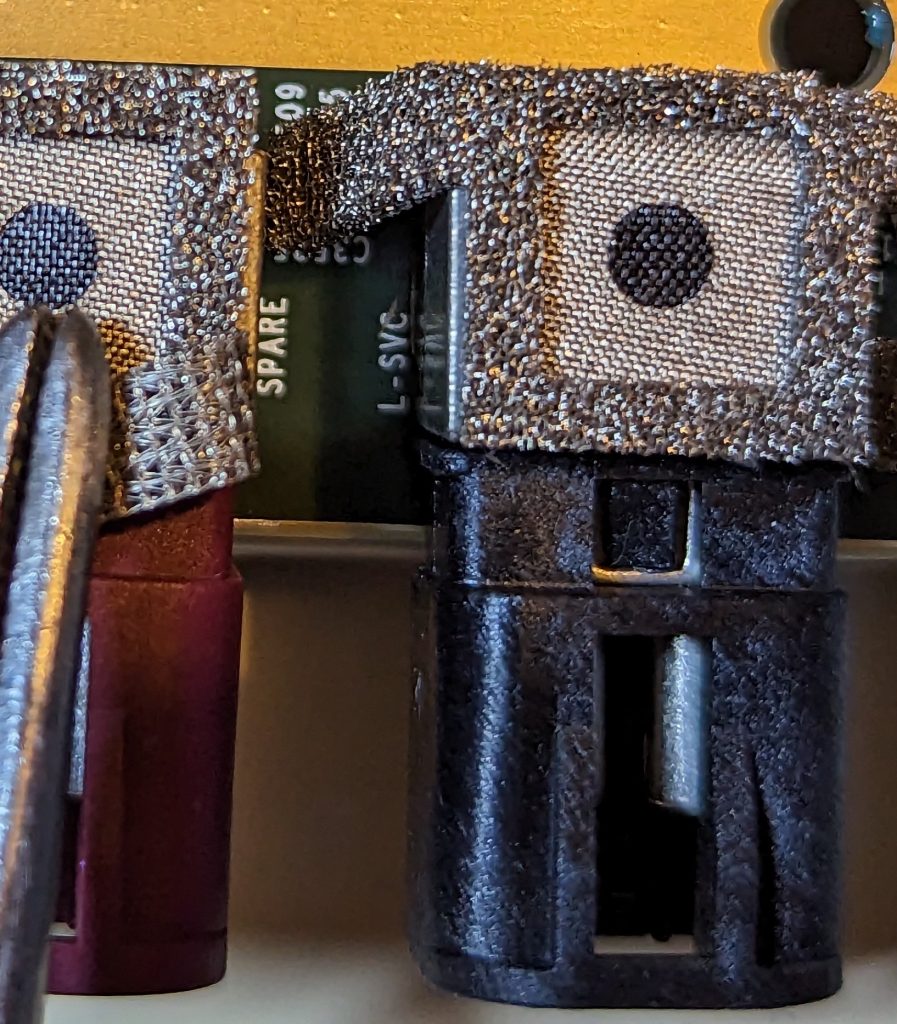
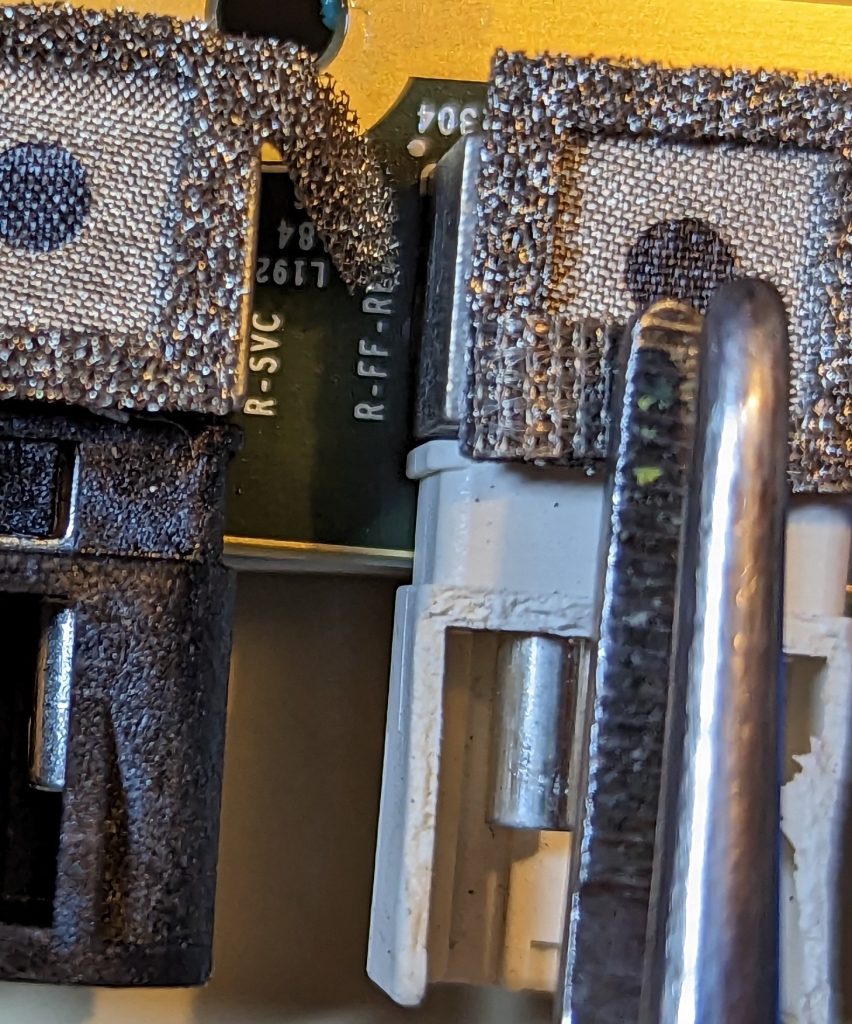
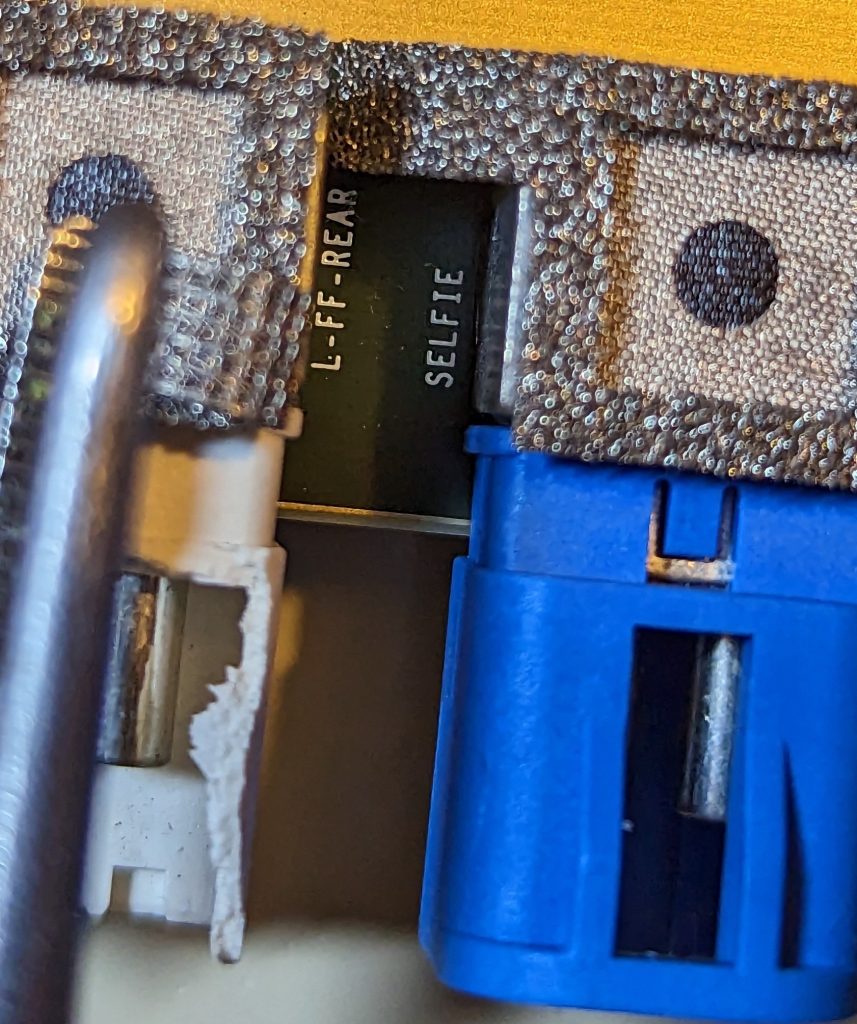
Potential Hardware 4 Camera Placements
Immediately noticeable in the leaked images are the three cameras marked “F-SVC,” “L-SVC,” and “R-SVC.” The Tesla Parts Catalog shows that “SVC” refers to vehicle bumpers, so with these in mind, it would appear that Hardware 4 would be using three bumper cameras. Considering the references to “F,” “L,” and “R” SVC placements, the Tesla hacker noted that one of the Hardware 4 cameras might be placed in the front bumper, while two may be placed on both sides of the rear bumpers for cross traffic.
Also notable are the Hardware 4 camera slots listed as “FF.” A total of four cameras are listed with these letters: “L-FF-Rear,” “R-FF-Rear,” “L-FF-Side,” and “R-FF-Side.” The Tesla hacker speculated that “FF” might refer to “Front Fender,” which would suggest that the cameras in the pillar may be moved to the front fender. Other Tesla watchers, however, have suggested that “FF” may also mean “Front Facing,” “Full-Frame” for higher resolution images, or “Far Field.”

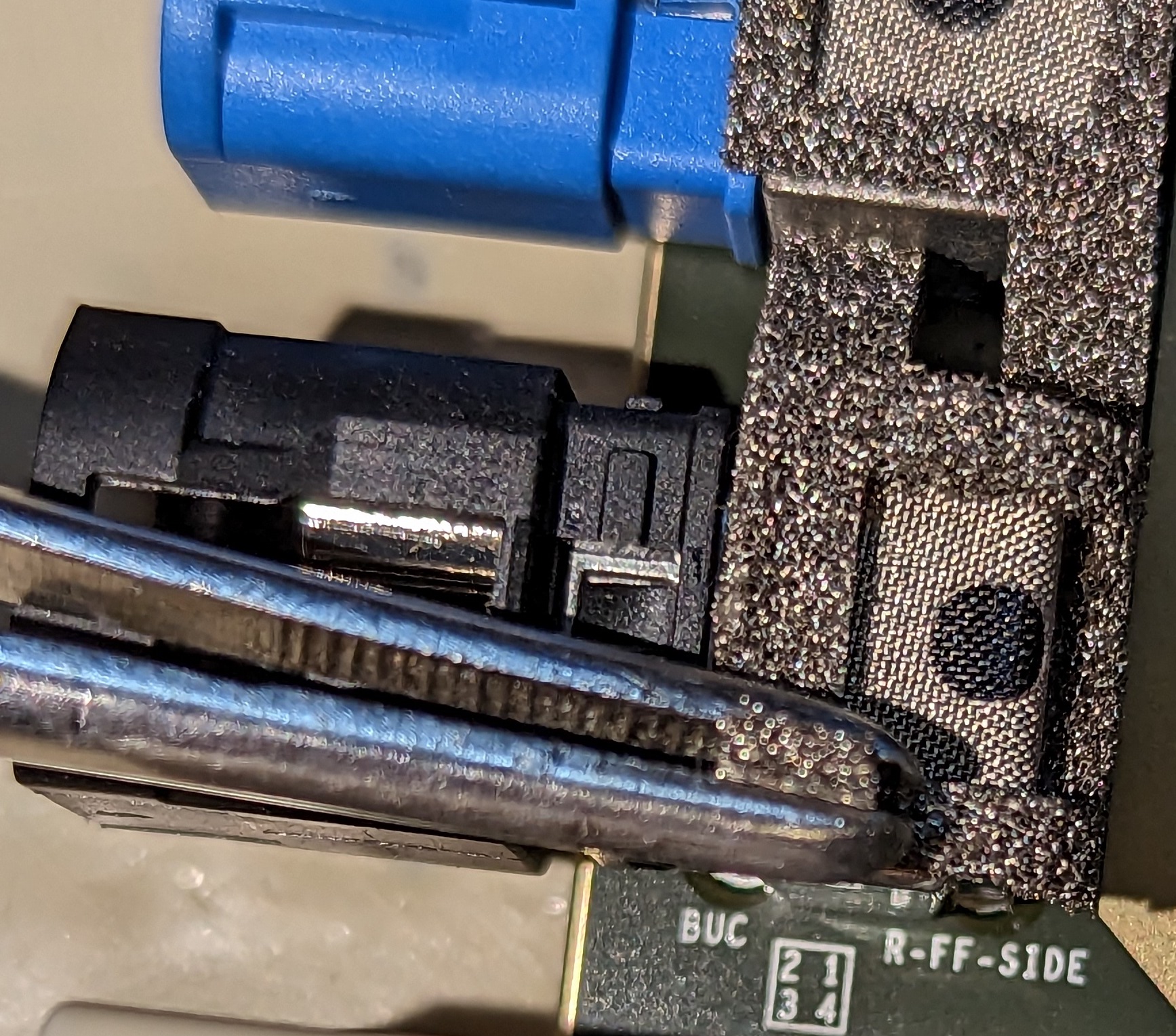
No Blind Spots and 360-degree-view
If the Hardware 4 leaks are accurate, it would suggest that Tesla would be increasing the number of cameras by two as it rolls out vehicles that are equipped with its new Autopilot computer. Comparing the existing camera setup in Hardware 3 and the potential setup of Hardware 4, it would appear that the new cameras will be those placed in the rear bumper. This may also suggest that the ultrasonic sensors that were phased out in the rear bumpers might be replaced with cameras.
Considering the potential setup of the Hardware 4 cameras, it would appear that Tesla would finally be rolling out a 360-degree view of its vehicles, which is a highly-requested feature among owners. It would also mean that some blind spots in existing cars would be addressed. Overall, Hardware 4 might not just be a step up in performance; it might also be a notable step up in safety and vision.
Don’t hesitate to contact us with news tips. Just send a message to simon@teslarati.com to give us a heads up.

News
Tesla FSD fleet is nearing 7 billion total miles, including 2.5 billion city miles
As can be seen on Tesla’s official FSD webpage, vehicles equipped with the system have now navigated over 6.99 billion miles.

Tesla’s Full Self-Driving (Supervised) fleet is closing in on almost 7 billion total miles driven, as per data posted by the company on its official FSD webpage.
These figures hint at the massive scale of data fueling Tesla’s rapid FSD improvements, which have been quite notable as of late.
FSD mileage milestones
As can be seen on Tesla’s official FSD webpage, vehicles equipped with the system have now navigated over 6.99 billion miles. Tesla owner and avid FSD tester Whole Mars Catalog also shared a screenshot indicating that from the nearly 7 billion miles traveled by the FSD fleet, more than 2.5 billion miles were driven inside cities.
City miles are particularly valuable for complex urban scenarios like unprotected turns, pedestrian interactions, and traffic lights. This is also the difference-maker for FSD, as only complex solutions, such as Waymo’s self-driving taxis, operate similarly on inner-city streets. And even then, incidents such as the San Francisco blackouts have proven challenging for sensor-rich vehicles like Waymos.
Tesla’s data edge
Tesla has a number of advantages in the autonomous vehicle sector, one of which is the size of its fleet and the number of vehicles training FSD on real-world roads. Tesla’s nearly 7 billion FSD miles then allow the company to roll out updates that make its vehicles behave like they are being driven by experienced drivers, even if they are operating on their own.
So notable are Tesla’s improvements to FSD that NVIDIA Director of Robotics Jim Fan, after experiencing FSD v14, noted that the system is the first AI that passes what he described as a “Physical Turing Test.”
“Despite knowing exactly how robot learning works, I still find it magical watching the steering wheel turn by itself. First it feels surreal, next it becomes routine. Then, like the smartphone, taking it away actively hurts. This is how humanity gets rewired and glued to god-like technologies,” Fan wrote in a post on X.
News
Tesla starts showing how FSD will change lives in Europe
Local officials tested the system on narrow country roads and were impressed by FSD’s smooth, human-like driving, with some calling the service a game-changer for everyday life in areas that are far from urban centers.

Tesla has launched Europe’s first public shuttle service using Full Self-Driving (Supervised) in the rural Eifelkreis Bitburg-Prüm region of Germany, demonstrating how the technology can restore independence and mobility for people who struggle with limited transport options.
Local officials tested the system on narrow country roads and were impressed by FSD’s smooth, human-like driving, with some calling the service a game-changer for everyday life in areas that are far from urban centers.
Officials see real impact on rural residents
Arzfeld Mayor Johannes Kuhl and District Administrator Andreas Kruppert personally tested the Tesla shuttle service. This allowed them to see just how well FSD navigated winding lanes and rural roads confidently. Kruppert said, “Autonomous driving sounds like science fiction to many, but we simply see here that it works totally well in rural regions too.” Kuhl, for his part, also noted that FSD “feels like a very experienced driver.”
The pilot complements the area’s “Citizen Bus” program, which provides on-demand rides for elderly residents who can no longer drive themselves. Tesla Europe shared a video of a demonstration of the service, highlighting how FSD gives people their freedom back, even in places where public transport is not as prevalent.
What the Ministry for Economic Affairs and Transport says
Rhineland-Palatinate’s Minister Daniela Schmitt supported the project, praising the collaboration that made this “first of its kind in Europe” possible. As per the ministry, the rural rollout for the service shows FSD’s potential beyond major cities, and it delivers tangible benefits like grocery runs, doctor visits, and social connections for isolated residents.
“Reliable and flexible mobility is especially vital in rural areas. With the launch of a shuttle service using self-driving vehicles (FSD supervised) by Tesla in the Eifelkreis Bitburg-Prüm, an innovative pilot project is now getting underway that complements local community bus services. It is the first project of its kind in Europe.
“The result is a real gain for rural mobility: greater accessibility, more flexibility and tangible benefits for everyday life. A strong signal for innovation, cooperation and future-oriented mobility beyond urban centers,” the ministry wrote in a LinkedIn post.
News
Tesla China quietly posts Robotaxi-related job listing
Tesla China is currently seeking a Low Voltage Electrical Engineer to work on circuit board design for the company’s autonomous vehicles.

Tesla has posted a new job listing in Shanghai explicitly tied to its Robotaxi program, fueling speculation that the company is preparing to launch its dedicated autonomous ride-hailing service in China.
As noted in the listing, Tesla China is currently seeking a Low Voltage Electrical Engineer to work on circuit board design for the company’s autonomous vehicles.
Robotaxi-specific role
The listing, which was shared on social media platform X by industry watcher @tslaming, suggested that Tesla China is looking to fill the role urgently. The job listing itself specifically mentions that the person hired for the role will be working on the Low Voltage Hardware team, which would design the circuit boards that would serve as the nervous system of the Robotaxi.
Key tasks for the role, as indicated in the job listing, include collaboration with PCB layout, firmware, mechanical, program management, and validation teams, among other responsibilities. The role is based in Shanghai.
China Robotaxi launch
China represents a massive potential market for robotaxis, with its dense urban centers and supportive policies in select cities. Tesla has limited permission to roll out FSD in the country, though despite this, its vehicles have been hailed as among the best in the market when it comes to autonomous features. So far, at least, it appears that China supports Tesla’s FSD and Robotaxi rollout.
This was hinted at in November, when Tesla brought the Cybercab to the 8th China International Import Expo (CIIE) in Shanghai, marking the first time that the autonomous two-seater was brought to the Asia-Pacific region. The vehicle, despite not having a release date in China, received a significant amount of interest among the event’s attendees.








